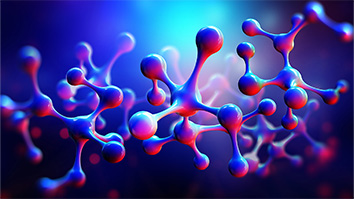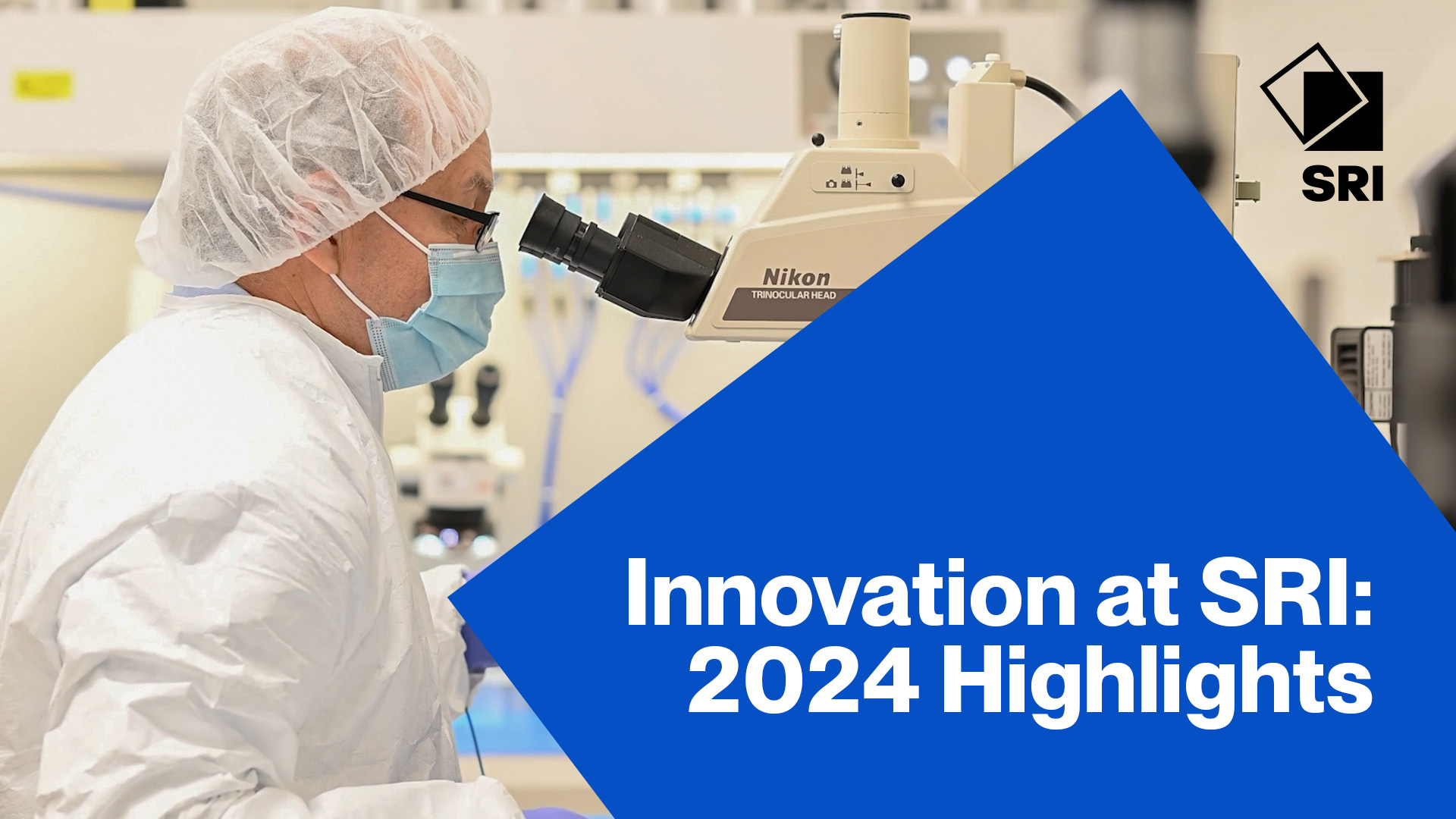Citation
Ganguly, A., Simons, J., Schneider, A., Keck, B., Bennett, N. R., Herfkens, R. J., … & Fahrig, R. (2011). In-vivo imaging of femoral artery nitinol stents for deformation analysis. Journal of Vascular and Interventional Radiology, 22(2), 244-249.
Abstract
Purpose
The authors have developed a direct method to study femoral artery stent deformations in vivo. A previously described imaging and analysis approach based on a calibrated phantom was used to examine stents in human volunteers treated for atherosclerotic disease. In this pilot study, forces on stents were evaluated under different in-vivo flexion conditions.
Materials and Methods
The optimized imaging protocol for imaging with a C-arm computed tomography system was first verified in an in-vivo porcine stent model. Human data were obtained by imaging 13 consenting volunteers with stents in femoral vessels. The affected leg was imaged in straight and bent positions to observe stent deformations. Semiautomatic software was used to calculate the changes in bending, extension, and torsion on the stents for the two positions.
Results
For the human studies, tension and bending calculation were successful. Bending was found to compress stent lengths by 4% ± 3% (−14.2 to 1.5 mm), increase their average eccentricity by 10% ± 9% (0.12 to −0.16), and change their mean curvature by 27% ± 22% (0 to −0.005 mm−1). Stents with the greatest change in eccentricity and curvature were located behind the knee or in the pelvis. Torsion calculations were difficult because the stents were untethered and are symmetric. In addition, multiple locations in each stent underwent torsional deformations.
Conclusions
The imaging and analysis approach developed based on calibrated in vitro measurements was extended to in-vivo data. Bending and tension forces were successfully evaluated in this pilot study.


